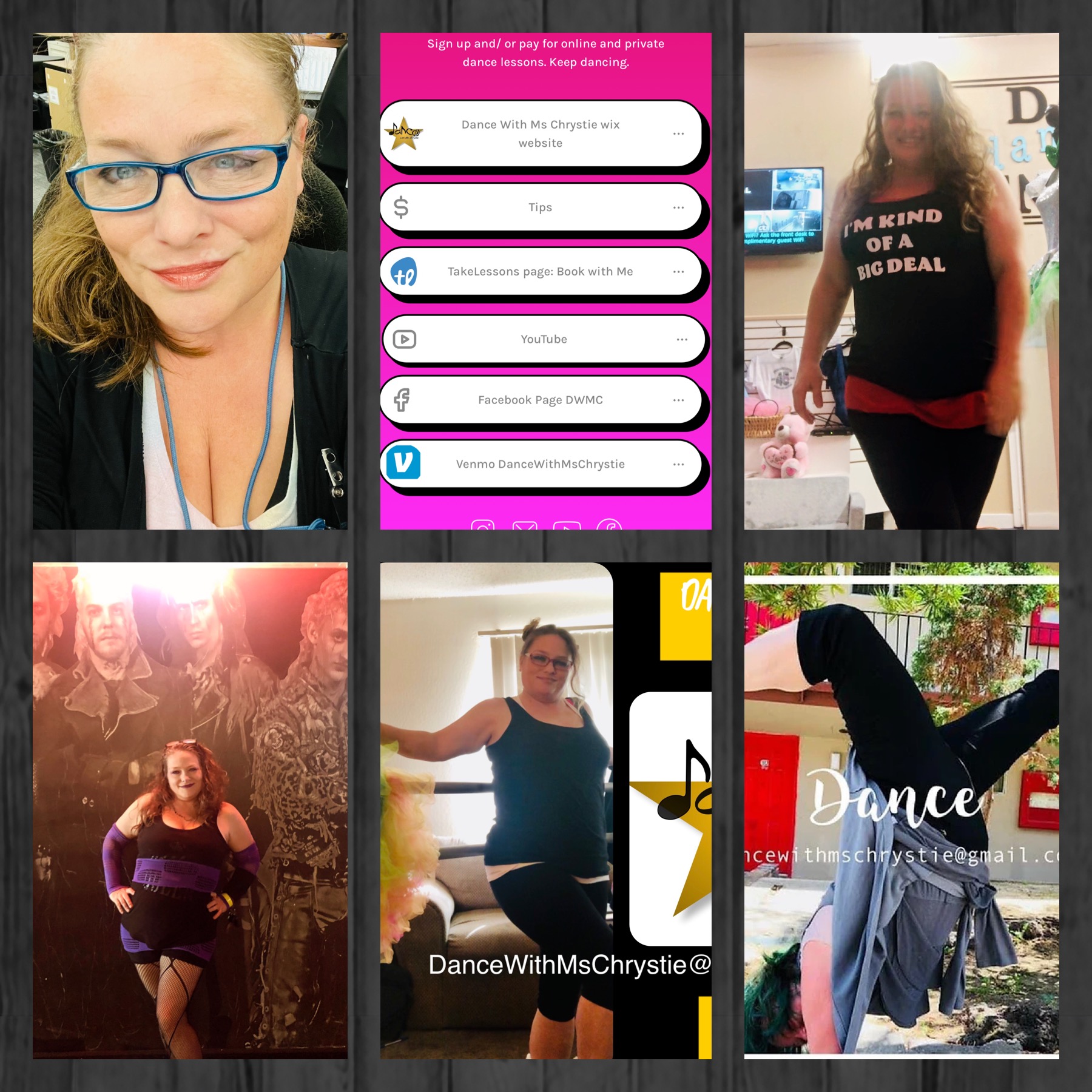What are Ballet progressions and why are they important?
- dancewithmschrystie

- Jul 16
- 2 min read
Ballet is a beautiful and intricate art form that demands grace, strength, and precision. At the foundation of every ballet class are specific movements known as ballet progressions. These progressions serve as essential building blocks in a dancer's training, helping students develop the skills necessary to perform more complex routines with ease.
Ballet progressions consist of a series of fundamental movements, each of which holds its significance in enhancing a dancer's technique. Among these are plié, relevé, tendu, dégagé, rond de jambe, passe (or retiré), fondue, and développé. These exercises are performed in a structured manner during a dance class, allowing dancers to warm up their bodies, improve flexibility, and build strength.
Understanding Ballet Progressions
Plié
A plié is one of the first movements dancers learn, involving the bending of the knees. This foundational movement not only warms up the legs but also instills proper alignment and balance.
Relevé
A relevé involves rising onto the balls of the feet, engaging the calf muscles and improving stability. This movement enhances a dancer’s ability to transition smoothly between positions.
Tendu
The tendu movement, where the foot glides along the floor, plays a crucial role in developing a dancer's coordination and control. It helps in mastering foot positioning for various ballet steps.
Dégagé
Similar to a tendu but executed with a lift off the ground, the dégagé helps develop quick footwork and precision, vital for more advanced movements.
Rond de Jambe
Rond de jambe translates to "circle of the leg," allowing dancers to explore the full range of motion in their hips while cultivating strength and flexibility.
Passe (or Retiré)
In passe, one leg passes the other to rest at the knee, promoting balance and transitioning skills between movements.
Fondue
The fondue involves a simultaneous bending of both legs which helps in developing a dancer's ability to control their lower body, essential for executing jumps and turns.
Développé
Finally, the développé is a controlled unfolding of the leg from a bent position to an extended position, showcasing strength and control in movement.
Structure of a Dance Class
A typical ballet class is structured in a way that guide students through these progressions, often starting with a warm-up at the barre. Dancers then move to the center floor where they can practice various combinations that incorporate the progressions they’ve learned. This structure not only enhances technique but also builds community among dancers as they share the experience of learning and performing together.
Benefits of Ballet Progressions
The importance of these ballet progressions extends beyond the classroom. Regular practice helps dancers develop strong muscles, improve balance and flexibility, and refine their overall technique. Moreover, mastering these movements can boost a dancer’s confidence, allowing them to tackle more complicated choreography with assurance.
Conclusion
In sum, ballet progressions are integral to the development of any dancer. They provide the framework necessary for mastering this delicate art form, ensuring that dancers have the skills and confidence they need to express themselves artistically. Whether you are a beginner or an advanced dancer, understanding and practicing these essential movements can greatly enhance your performance ability and enjoyment of dance.






Comments